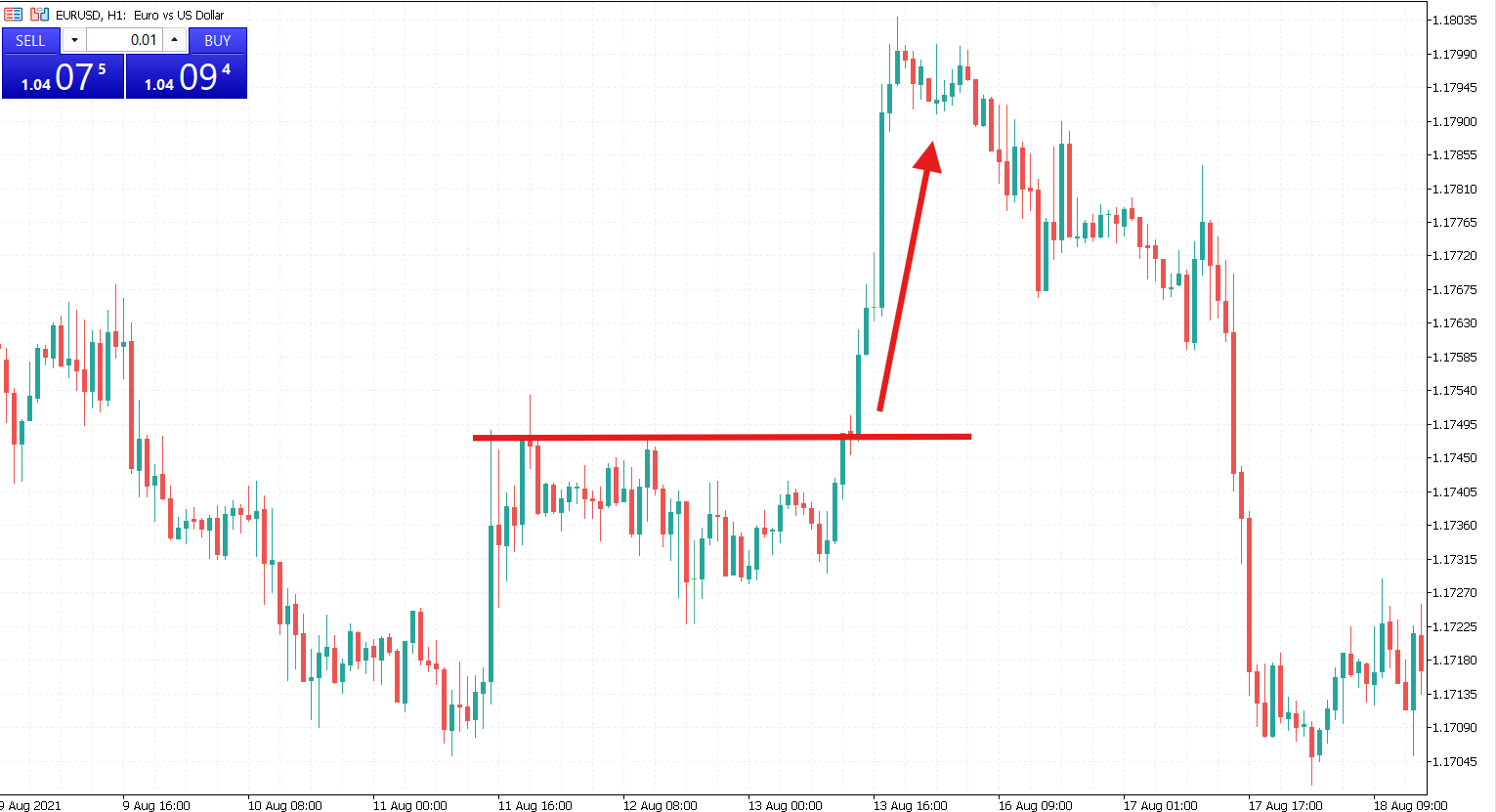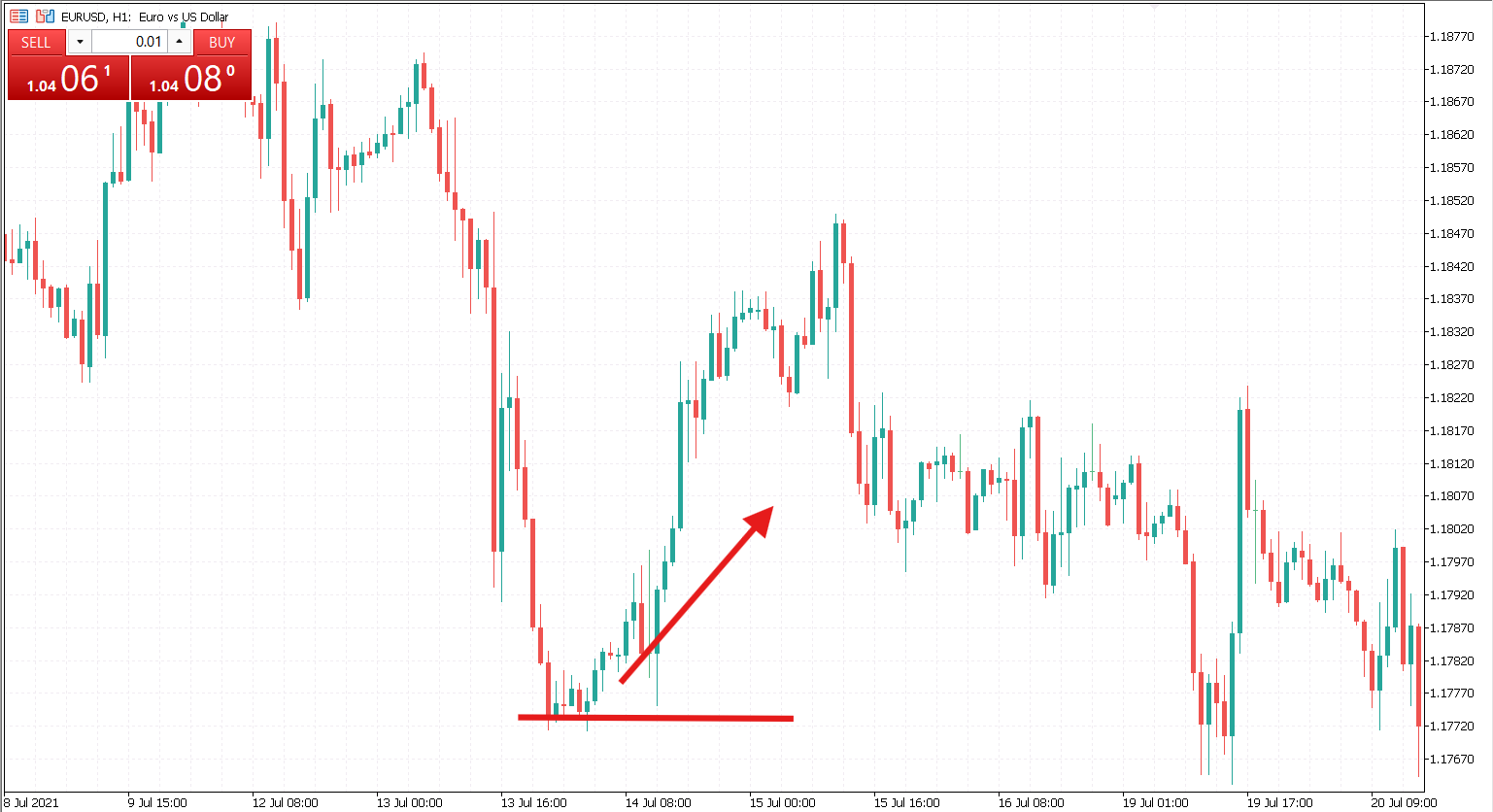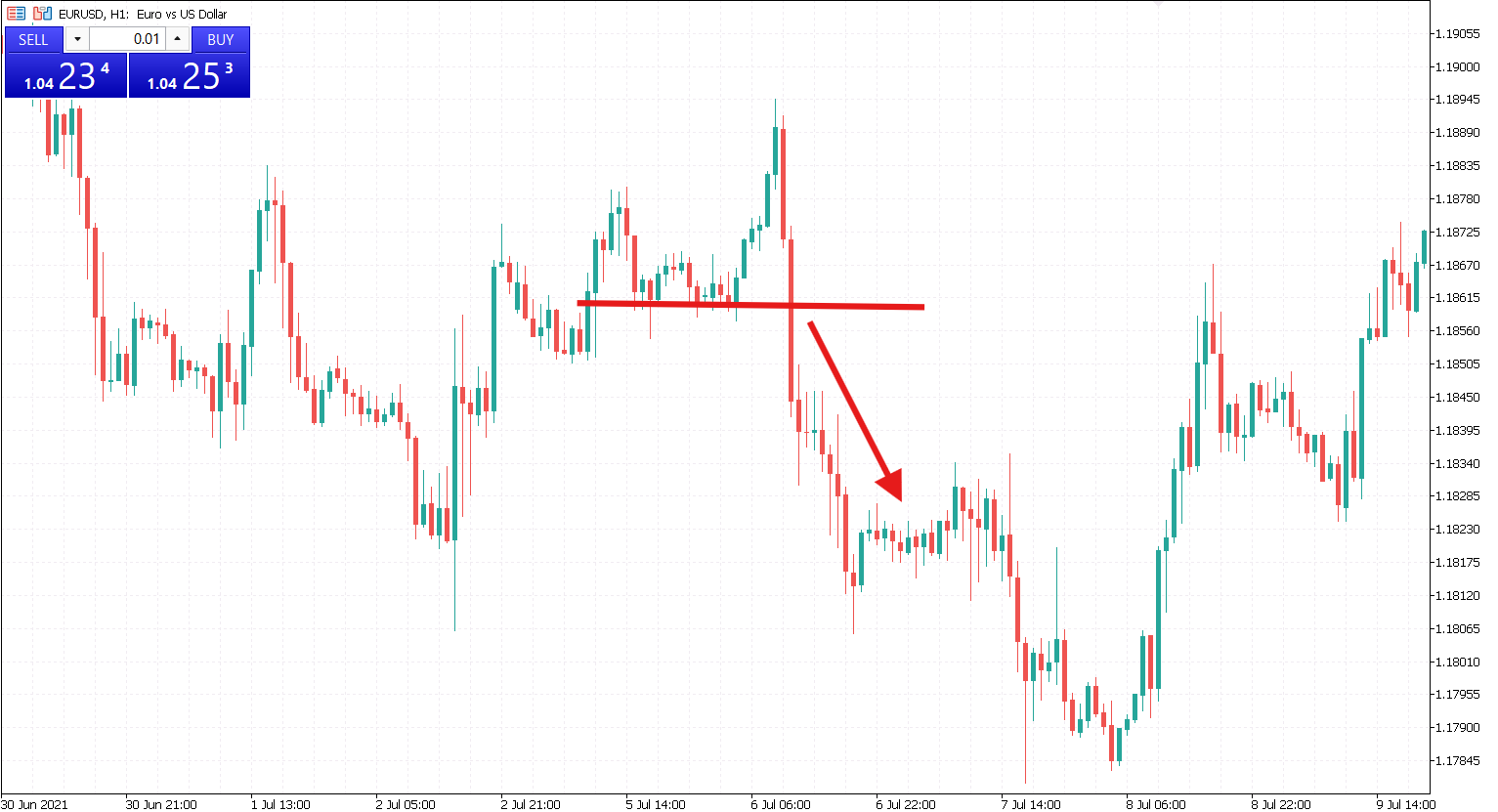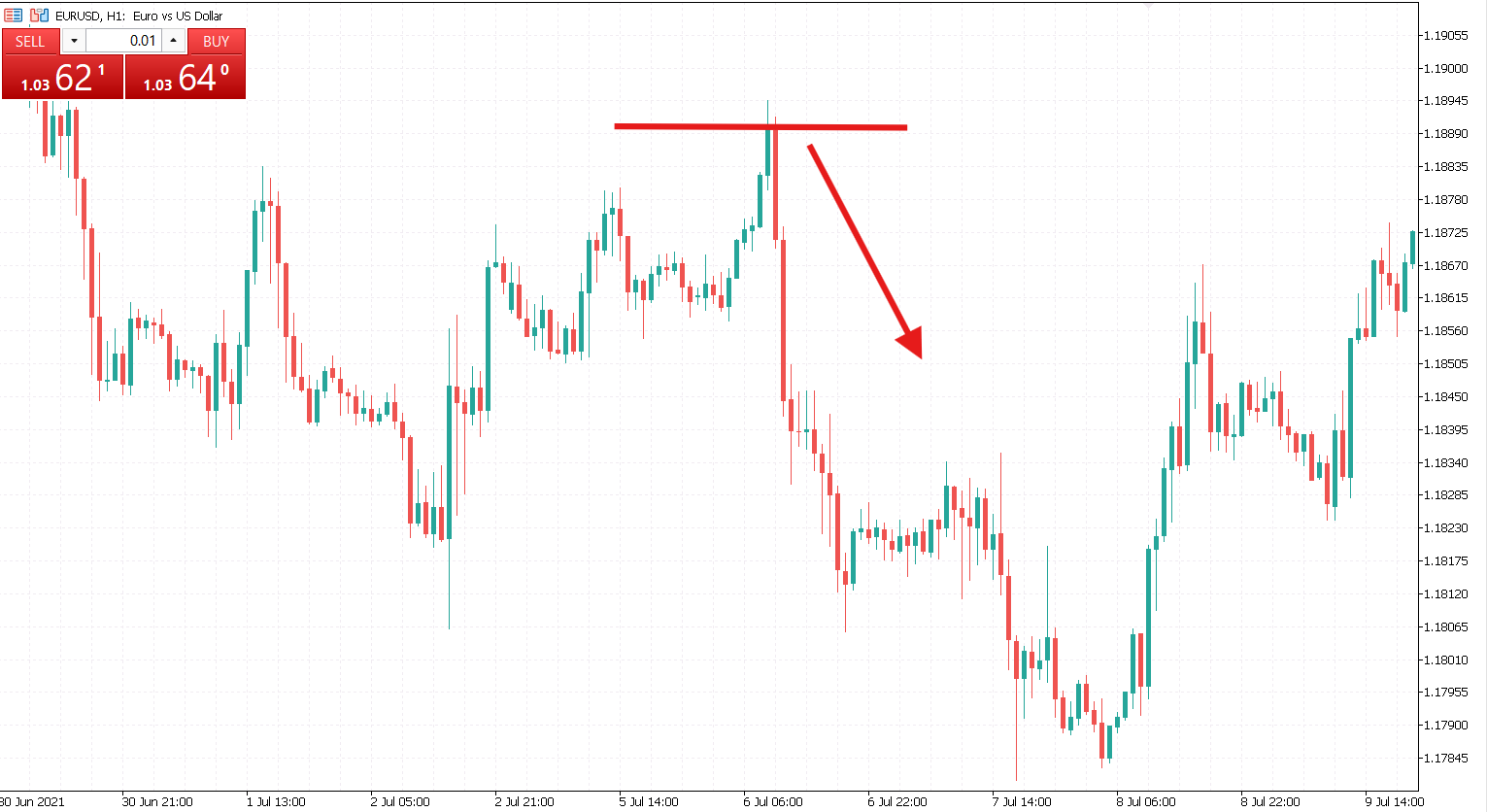Traders can use different types of orders to buy or sell assets in various situations. Depending on your strategy and the current market conditions, you can place a market order, executing a trade immediately at the best available price. However, if you are unsatisfied with the current price, you can use a limit order, allowing you to enter a trade at a predetermined level. Understanding the differences between these two order types and knowing when to use them can significantly improve your trading performance. This article will help traders grasp the basics of both order types and determine the best approach depending on market conditions.
The Best Way to Use a Market Order
A market order allows you to buy or sell an asset at the current market price, assuming you find it acceptable. This sometimes works well, especially when price fluctuations are slow. When you place a market order, it is executed at the best available price, which is usually close to the expected level.
A market order is an effective choice if the current market conditions are favorable and you want to execute a trade immediately. For example, suppose you want to buy EUR/USD at 1.0400, a psychological level, and the price is currently 1.0401. If market fluctuations are minimal, you can enter the trade right away. You expect the currency pair to rise to 1.0450, allowing you to profit from the price movement. In this case, a market order is appropriate, as it is likely to be filled close to 1.0400.
However, the main drawback of market orders is slippage, when the price moves too quickly, preventing your order from being executed at the desired price. In the above example, if fluctuations are fast, your order might be filled at a much higher price than anticipated. To avoid this issue, consider using a limit order to secure a more favorable entry price.
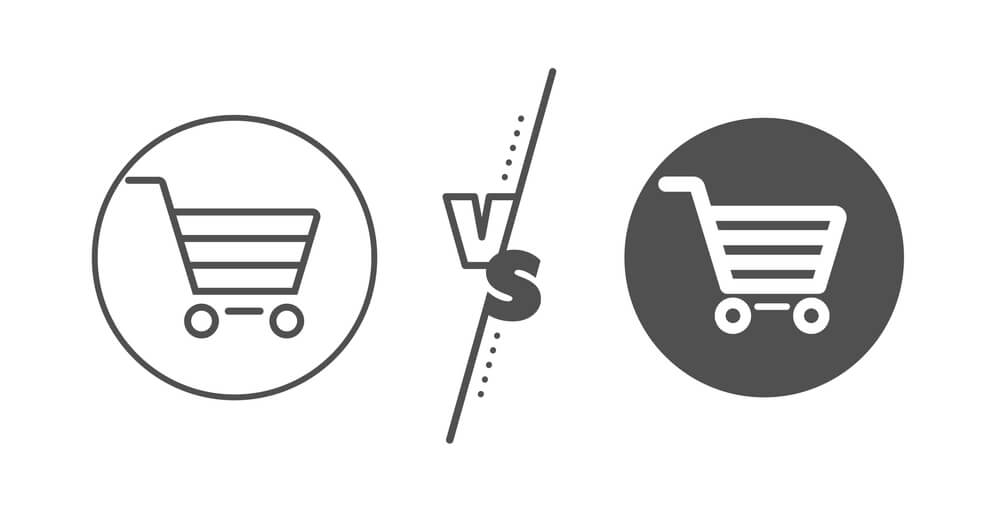
Limit Orders: When to Apply Them
Limit orders are particularly useful when markets are volatile. This type of order allows you to buy or sell at a specific price rather than the current market price. For instance, if EUR/USD is trading between 1.0390 and 1.0410, and you want to buy at 1.0400, you can place a limit order at that level. Your order will only be executed if the price reaches 1.0400.
Additionally, limit orders provide a way to automate your trading strategy by setting predefined entry or exit points. This can help traders avoid emotional decision-making and ensure that trades are executed optimally.
Buy Stop Orders
A buy stop order allows you to purchase an asset at a price higher than the current market level. Traders often use this order type when they anticipate a breakout above a resistance level and want to capitalize on the following momentum.
In this example, EUR/USD is fluctuating below a resistance level for some time. You expect the currency pair to move higher. Instead of waiting for the price to break above this level, you can place a buy stop order just above it. Once the price reaches that level, your order will be executed automatically.
Buy Limit Orders
Another type of limit order allows you to purchase an asset at a price lower than the current market price. This type of order can be used in various trading strategies, including those where you anticipate the price reaching a support level before entering a trade.
In this example, a trader anticipating a future reversal can place a buy limit order before the price reaches the red support line. This approach allows them to maximize potential profits when the reversal occurs.
Sell Stop Orders
Traders using this type of stop order expect the price to break below a specific level before entering a trade. In most cases, market participants apply sell stop orders in breakout strategies to capitalize on strong momentum.
The example above shows how a trader can use a sell stop order to place a trade. The price is testing the support level several times. A market participant can wait for a breakout to occur or place a sell stop order in advance right below the support level to enter the market when the price goes below the red line.
Sell Limit Orders
With this type of limit order a trader can place a trade at a price that is higher than the current one. It can be used, for instance, if you expect an asset to plunge but you anticipate it rising a bit before the downtrend will begin.
In this particular example the currency pair makes a peak before reversing. A trader can sell at any moment before the peak or place a sell limit order to get the most out of it. Once the level is reached by the price, a sell order will trigger.
Understanding the differences between market and limit orders is crucial for effective trading. Market orders allow for immediate execution but come with the risk of slippage, making them ideal when price stability is high. Limit orders, on the other hand, provide more control over entry and exit points, making them especially useful in volatile markets.
Additionally, traders can use specialized order types like buy stop, buy limit, sell stop, and sell limit orders to optimize their strategies. These orders help automate trading decisions, minimize emotional biases, and improve trade execution. By mastering when and how to use each type of order, traders can enhance their risk management, increase efficiency, and improve their overall trading performance.


